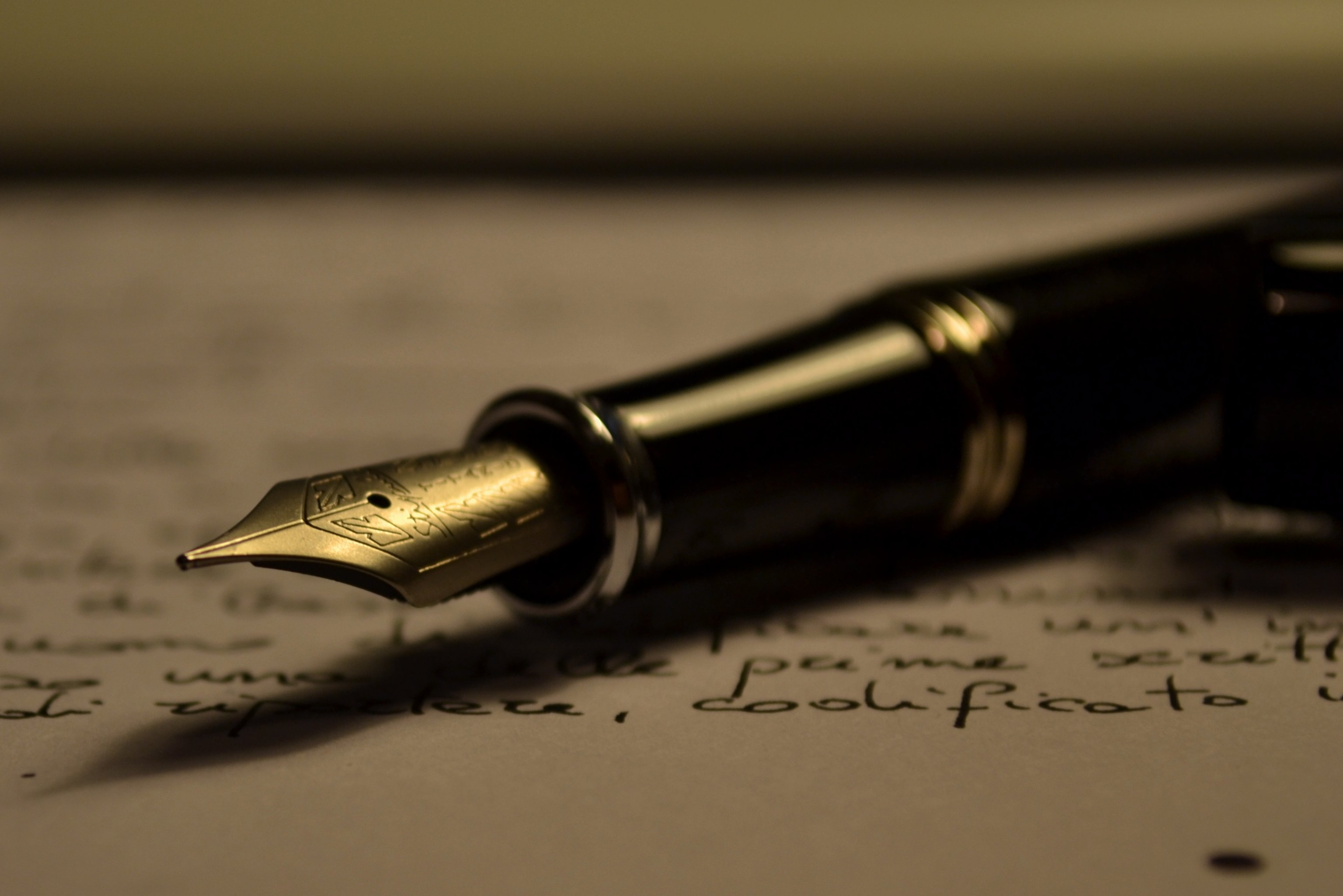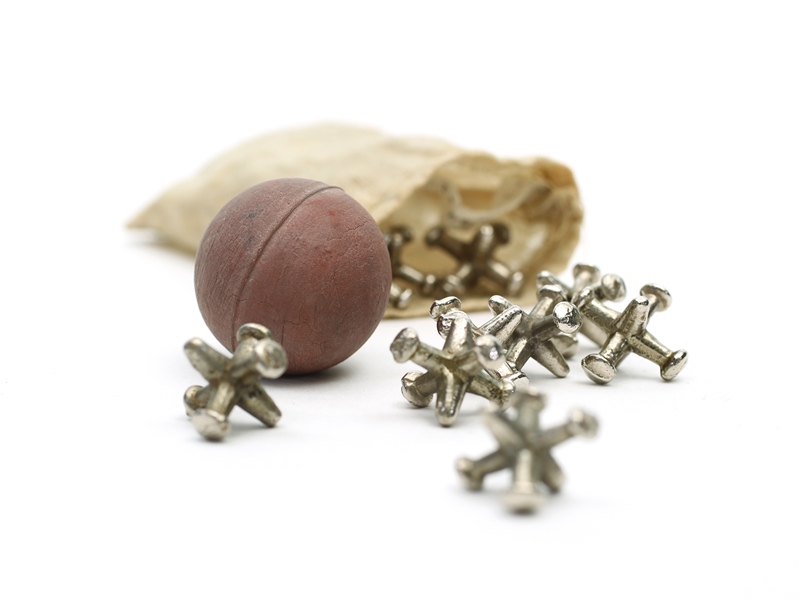This post is about the parents of my father. They were both born in 1939, and grew up in the 1940s and 1950s in the American Midwest. The purpose of this post is to explain what life was like for children and adults back then.
There were no video games at that time, and TV was very new back then. My grandmother remembers one time when she was in Brownie Scouts(the young Girl Scouts), and her troop went to one girl's house because she was the only one in the troop that had a TV. When they turned it on, the screen just showed a test pattern, like the one on the right. The test pattern would be on in between programs(The old televisions only had about three channels, and not very many shows). The troop waited for a while, but no shows came on, so they left.
As you can see, TV wasn't all that great back then, so children entertained themselves by playing "make-believe" games like House, and other games like hide-and-seek. Plastic had not been invented yet, so toys were made of rubber, metal, and wood, like the Jacks set on the left. My grandparents also played board games and read books.

Computers were another change from back then. For example, people had to go to the library to look up things. There were also no good word processors, so they had to write something down first and then type it up on a typewriter. When you press a key on a typewriter, it would push some levers and a metal arm with a letter raised from it would go up and press on a ribbon. The ink on the other side of the ribbon then gets pressed on to a sheet of paper. The big difference in between writing with a typewriter and writing with a word processor is that if you wanted to correct a mistake or add another paragraph in a place where you had already written, you would have a lot of trouble going back and changing it!
Making copies of written things was also hard. It was done with carbon paper. Carbon paper is paper with loose ink or another pigment on one side, so if something, like the type on a typewriter, was pressed on the coloured side, then the black side would transfer its pigment to a sheet of paper below the carbon paper. In this way, it was possible to make copies while typing. For a short time before my grandmother went to college, she got a job as a clerk-typist at a clinic. Every day, she got a list of doctors that were out that day, and her job was to type up that list and, using eight sheets of carbon paper, make eight copies of the list to send to different departments.
For art there were crayons and pencils, but no magic markers. The only pens were fountain pens. There were jars of ink and to fill up the pen you had to put its tip into the jar, and then pull a little lever to suck up the ink. In the 1950s, they had cartridges of ink that you could just put into the pen. One problem with fountain pens was that they work using a little channel that the ink runs through, so they would often leak and make blotches of ink on the paper.
Another change that happened since the 1940s was polio vaccine. Polio was a very scary disease that mostly affected children. The poliovirus is a very simple virus that infects the gastrointestinal tract and usually causes minor symptoms such as fever and sore throat, but sometimes breaks into the central nervous system and causes paralysis, respiratory arrest and death. Parents, being scared of the disease, would not let their children go in to public places like swimming pools and movie theatres. Because poliovirus can only infect humans and cannot reproduce in nature, introduction of the polio vaccine has eliminated polio from most of the countries in the world and dropped the number of cases from an estimated 350,000 in 1988 to 52 in November 2015. This has caused a huge difference to the world, because all the worry that this disease has caused in countries like the United States is gone now.
Another thing that people were afraid about was World War II. When it started, the United States, facing unemployment and economic disaster due to the Great Depression, was reluctant to join, and only sent money and weapons to the Allies instead of soldiers. At December 7, 1941, the Japanese bombed a naval base at Pearl Harbour, Hawaii. The United States government finally spent more money to start up the economy and hire more soldiers to join the War, ending the Great Depression. You have probably heard of famous battles like the ones in Okinawa and Iwo Jima in the Pacific, and Omaha beach in Europe at D-Day. Other famous times included VE day(Victory in Europe), when Germany surrendered, and VP day(Victory in the Pacific), which was the surrender of Japan. How did all of that affect peoples' lives during the 1940s? For one thing, poor families lost fathers and older brothers, when they went to become soldiers in the War to support their families. Other people followed the news in theatres or with the newspaper. In American cities, there were air raid drills, when people covered up all of the windows with blankets or turned all the lights off, so that no light could be seen from outside, or above. This was probably because they were scared that enemy bombers could see the light and bomb the city, like they did in World War I.
The basic crowd opinion of everybody in the U.S. was that people on their side were "the good guys" and that the opposing countries were "the bad guys"(When they were young, my grandparents played games where they pretended to be heroic soldiers who were going around, killing the Japanese). This opinion has led to war many times, war strengthens that opinion, which leads to more wars, and so on. As population grows, resources decrease, and gases in the atmosphere cause climate change, the countries must learn to co-operate, and deal with these problems.
There were no video games at that time, and TV was very new back then. My grandmother remembers one time when she was in Brownie Scouts(the young Girl Scouts), and her troop went to one girl's house because she was the only one in the troop that had a TV. When they turned it on, the screen just showed a test pattern, like the one on the right. The test pattern would be on in between programs(The old televisions only had about three channels, and not very many shows). The troop waited for a while, but no shows came on, so they left.
As you can see, TV wasn't all that great back then, so children entertained themselves by playing "make-believe" games like House, and other games like hide-and-seek. Plastic had not been invented yet, so toys were made of rubber, metal, and wood, like the Jacks set on the left. My grandparents also played board games and read books.
Computers were another change from back then. For example, people had to go to the library to look up things. There were also no good word processors, so they had to write something down first and then type it up on a typewriter. When you press a key on a typewriter, it would push some levers and a metal arm with a letter raised from it would go up and press on a ribbon. The ink on the other side of the ribbon then gets pressed on to a sheet of paper. The big difference in between writing with a typewriter and writing with a word processor is that if you wanted to correct a mistake or add another paragraph in a place where you had already written, you would have a lot of trouble going back and changing it!
Making copies of written things was also hard. It was done with carbon paper. Carbon paper is paper with loose ink or another pigment on one side, so if something, like the type on a typewriter, was pressed on the coloured side, then the black side would transfer its pigment to a sheet of paper below the carbon paper. In this way, it was possible to make copies while typing. For a short time before my grandmother went to college, she got a job as a clerk-typist at a clinic. Every day, she got a list of doctors that were out that day, and her job was to type up that list and, using eight sheets of carbon paper, make eight copies of the list to send to different departments.
 |
| The amount of polio cases in children and adults in the United States. |
Another change that happened since the 1940s was polio vaccine. Polio was a very scary disease that mostly affected children. The poliovirus is a very simple virus that infects the gastrointestinal tract and usually causes minor symptoms such as fever and sore throat, but sometimes breaks into the central nervous system and causes paralysis, respiratory arrest and death. Parents, being scared of the disease, would not let their children go in to public places like swimming pools and movie theatres. Because poliovirus can only infect humans and cannot reproduce in nature, introduction of the polio vaccine has eliminated polio from most of the countries in the world and dropped the number of cases from an estimated 350,000 in 1988 to 52 in November 2015. This has caused a huge difference to the world, because all the worry that this disease has caused in countries like the United States is gone now.
Another thing that people were afraid about was World War II. When it started, the United States, facing unemployment and economic disaster due to the Great Depression, was reluctant to join, and only sent money and weapons to the Allies instead of soldiers. At December 7, 1941, the Japanese bombed a naval base at Pearl Harbour, Hawaii. The United States government finally spent more money to start up the economy and hire more soldiers to join the War, ending the Great Depression. You have probably heard of famous battles like the ones in Okinawa and Iwo Jima in the Pacific, and Omaha beach in Europe at D-Day. Other famous times included VE day(Victory in Europe), when Germany surrendered, and VP day(Victory in the Pacific), which was the surrender of Japan. How did all of that affect peoples' lives during the 1940s? For one thing, poor families lost fathers and older brothers, when they went to become soldiers in the War to support their families. Other people followed the news in theatres or with the newspaper. In American cities, there were air raid drills, when people covered up all of the windows with blankets or turned all the lights off, so that no light could be seen from outside, or above. This was probably because they were scared that enemy bombers could see the light and bomb the city, like they did in World War I.
The basic crowd opinion of everybody in the U.S. was that people on their side were "the good guys" and that the opposing countries were "the bad guys"(When they were young, my grandparents played games where they pretended to be heroic soldiers who were going around, killing the Japanese). This opinion has led to war many times, war strengthens that opinion, which leads to more wars, and so on. As population grows, resources decrease, and gases in the atmosphere cause climate change, the countries must learn to co-operate, and deal with these problems.




No comments:
Post a Comment